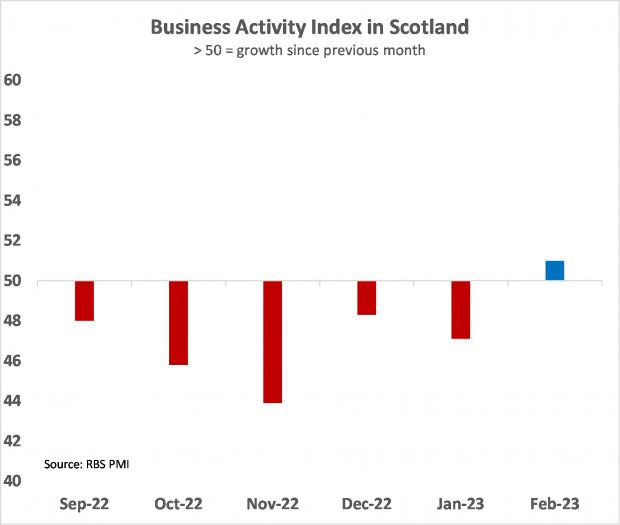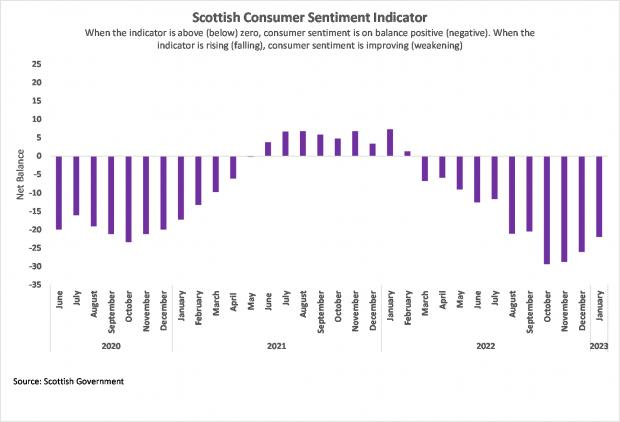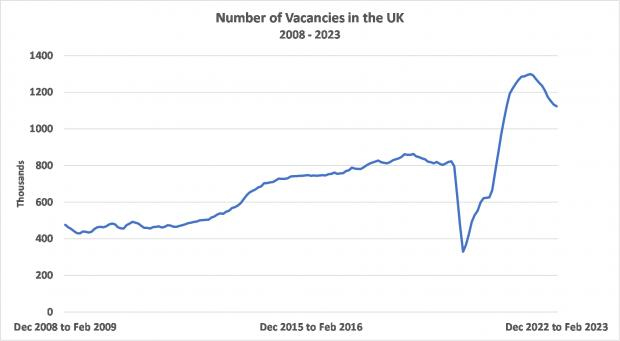
If prizes were awarded for regional labour outcomes, Scotland would be taking home as many Oscars as Everything Everywhere All at Once.
Speaking in yesterday’s Herald, Gavin Mochan, Managing Director of s1jobs, stated that all headline indicators point to Scotland outperforming the UK.
ONS figures
In its latest release, the Office for National Statistics confirmed Scotland’s employment rate was 76.5% in the three months to January, compared to a UK rate of 75.7%.
Meanwhile, unemployment and economic inactivity rates in Scotland have both fallen to 3.1% and 21% respectively. For the UK as a whole these figures stand at 3.7% and 21.3%.

Salaries and Median Pay
In more good news, the median monthly pay in Scotland, according to latest estimates, was £2,243 in February.
This was up 8.7% year-on-year compared to more subdued growth of 6.7% for the UK combined. However, both are still below the Consumer Price Index (CPIH) inflationary rate of 8.8% during the 12 months to January, so people are still very much feeling the pinch of real-term pay cuts.
On a monthly basis, CPIH fell by 0.4% in January, indicating that inflation is slowing. If salaries continue to grow and inflation is further tempered, then employees will start to see a real benefit from rising wages.

Vacancies and hiring trends
Despite all the positives, hiring intentions among employers are showing signs of softening. While vacancy levels are dropping, they remain higher than any year before the pandemic.

All of this is welcome news for employees. However, the further tightening of the labour market is creating headwinds for employers in the form of higher direct costs to make their products, which is squeezing profit margins. A lack of available talent, skills gaps and peoples’ reluctance to move job are hindering top line growth.
Hopefully, the positives in the employment market will lead to an acceleration of confidence among consumers, and that confidence in turn opens up more job movement.


